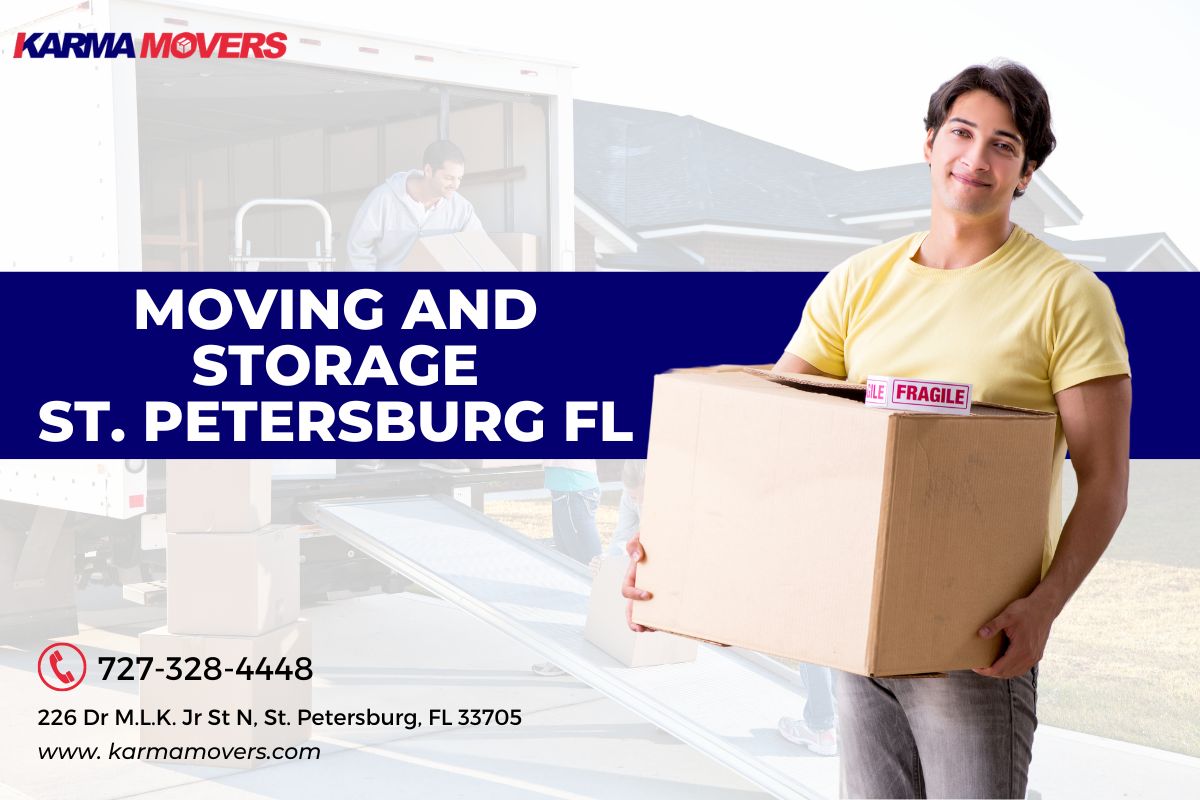
Introduction
When it comes to moving and storage, proper preparation is key. Whether you're downsizing, renovating, or simply need some extra space, knowing the dos and don'ts of preparing your belongings for storage can help ensure that your items remain safe and in good condition. In this article, we will provide you with expert advice on how to pack and store your belongings effectively. From choosing the right storage unit to packing fragile items, we've got you covered.
Choosing the Right Storage Unit
Do: Consider Your Needs
Before selecting a storage unit, take the time to assess your needs. Consider the size and quantity of items you plan to store. This will help you determine the appropriate unit size.
Don't: Overpay for Space You Don't Need
Avoid renting a storage unit that is too large for your needs. It's important to maximize the use of space and avoid unnecessary expenses. Choose a unit that perfectly fits your belongings.
Packing Your Belongings
Do: Use Sturdy Boxes
Invest in high-quality boxes that can withstand the weight of your belongings. Avoid using damaged or weak boxes as they may collapse when stacked.
Don't: Overpack Boxes
While it may be tempting to stuff as much as possible into a single box, overpacking can lead to damage. Make sure to leave enough room for cushioning materials and avoid exceeding the weight limit recommended by the box manufacturer.
Protecting Fragile Items
Do: Wrap Fragile Items Individually
To prevent damage during transportation and storage, wrap each fragile item individually in bubble wrap or packing paper. This will provide an extra layer of protection against shocks and vibrations.
Don't: Forget to Label Fragile Items
Clearly label boxes containing fragile items with "fragile" stickers. This st petersburg local moving companies will alert movers and storage personnel to handle these boxes with care.
Disassembling Furniture
Do: Take Apart Furniture When Possible
If your furniture is bulky or won't fit through doorways when fully assembled, disassemble it before storing. This will save space and make it easier to transport.
Don't: Lose Hardware
When disassembling furniture, be sure to keep all screws, bolts, and other hardware together. Place them in a labeled bag or container so that you can easily reassemble the furniture later.
Securing Valuables
Do: Use a Lock
Invest in a high-quality lock to secure your storage unit. This will help deter theft and keep your belongings safe.
Don't: Store Highly Valuable Items
Avoid storing extremely valuable items in a storage unit. While most facilities have security measures in place, it's best to keep your most valuable possessions with you or in a more secure location.
Climate Control
Do: Opt for Climate-Controlled Storage Units
If you plan to store temperature-sensitive items such as electronics, artwork, or wooden furniture, choose a climate-controlled storage unit. This will help maintain a consistent Take a look at the site here temperature and humidity level, protecting your belongings from damage.
Don't: Ignore Climate Control Recommendations
Ignoring climate control recommendations can lead to irreparable damage to your belongings. Make sure to follow the guidelines provided by the storage facility to ensure optimal conditions for your items.
Frequently Asked Questions (FAQs)
Q: What are the advantages of using professional movers? A: Professional movers have the experience and expertise needed to handle your belongings safely and efficiently. They can also provide additional services such as packing and unpacking, saving you time and effort.
Q: How far in advance should I start packing for a move? A: It's recommended to start packing at least a few weeks before your move. This will give you enough time to properly pack and label your belongings, reducing stress on moving day.
Q: Can I store perishable items in a storage unit? A: No, perishable items should not be stored in a storage unit. They can attract pests and cause foul odors. It's best to consume or dispose of perishable items before storing your belongings.
Q: Are there any restrictions on what I can store in a storage unit? A: Yes, storage facilities often have restrictions on storing hazardous materials, flammable substances, and illegal items. Make sure to check with the facility beforehand to ensure compliance.
Q: What is the average cost of renting a storage unit? A: The cost of renting a storage unit varies depending on factors such as location, size, and amenities. It's best to research and compare prices from different facilities to find the best deal.
Q: How can I prevent my belongings from getting damaged during transportation? A: To prevent damage during transportation, use sturdy boxes, secure fragile items with padding materials, and properly stack and secure boxes in the moving truck.
Conclusion
Properly preparing your belongings for storage is crucial to ensure their safety and condition during the moving process. By following the dos and don'ts outlined in this article, you can minimize the risk of damage and make the overall experience smoother. Remember to choose the right storage unit, pack your belongings carefully, protect fragile items adequately, disassemble furniture when necessary, secure valuables with a lock, consider climate control options, and follow any guidelines provided by the storage facility. With these tips in mind, you'll be well-prepared for a successful moving and storage experience.
So there you have it – the dos and don'ts of preparing your belongings for storage! Whether you're moving and storage in St. Petersburg or anywhere else, these guidelines apply to anyone looking to store their belongings safely. Now, it's time to put these tips into action and enjoy a stress-free storage experience!